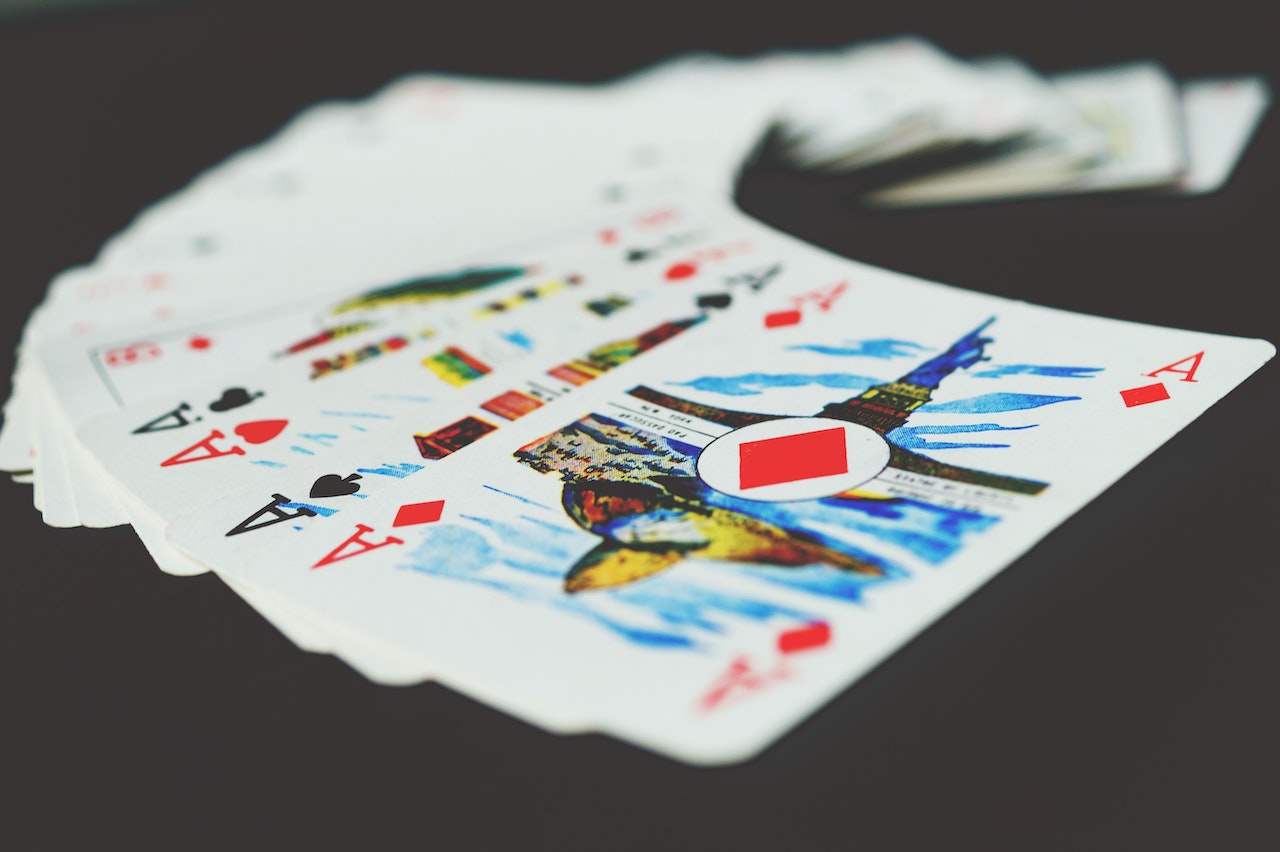The game starts with you placing a bet on the hand you think will have a point total closest to nine. That hand can either belong to the banker or the player. But you also have the option to bet on a tie.
The banker is a player with something called the “shoe.” It’s the special box that holds the decks of cards.

Two cards are handed out to both players. The player gets the first and third cards from the shoe. The banker receives the second and fourth cards.
All tens or face cards are worth zero points. Aces are worth one point. Cards numbered two through nine are attributed their face value.
Players hit on a point total of five or fewer, and they tend to stand on point totals of six or seven. If the player decides to get a third card, the banker has to follow a specific set of rules casino games.
If the total of the first two cards reaches double digits, then the first digit is dropped. If a pair of sixes is dealt, for example, the initial total is 12. The one, the first digit, is then dropped, and the new total becomes two.
A “natural” hand happens when the first two cards dealt have a total of eight or nine points. And unless there is a tie, a natural hand wins. If neither the player or the banker have a natural hand, then each must draw another card.
If the hand you bet on wins, you are paid even money. Any winning banker bets pay a five percent commission, and that is withheld from the payout. To win on a tie bet, both hands must have matching totals. These bets pay eight to one. However, in the case of a tie, all bets made on the player, or banker, are not taken or paid.

